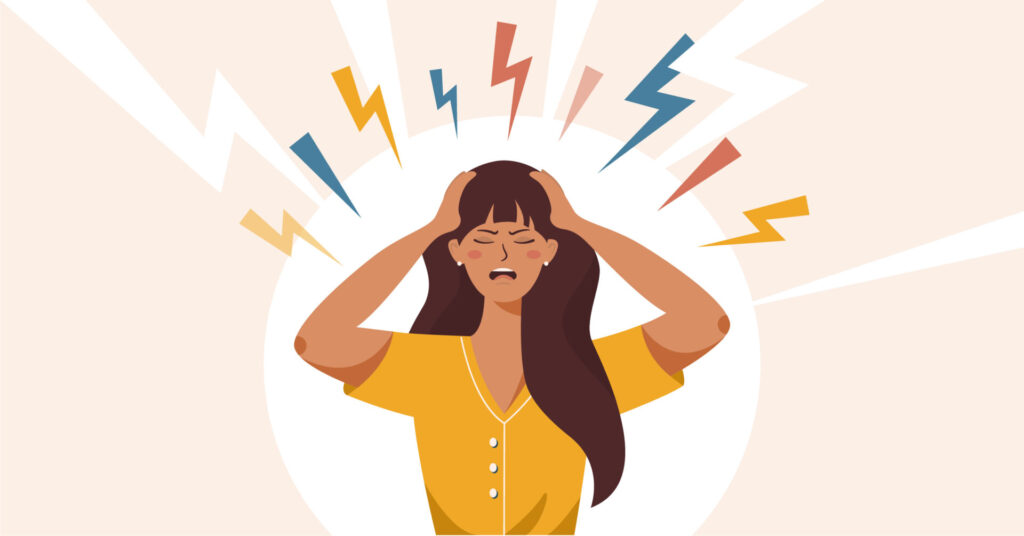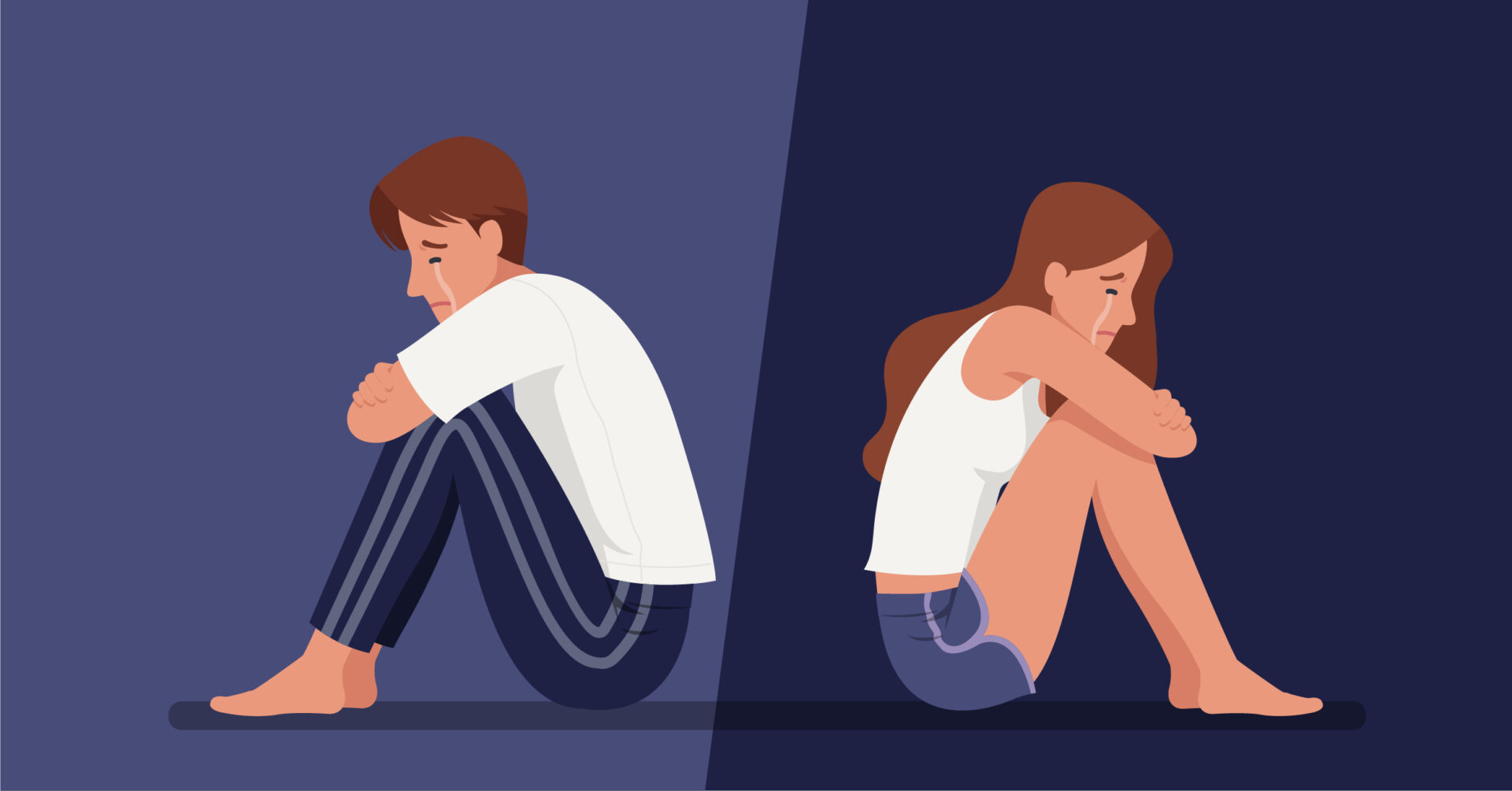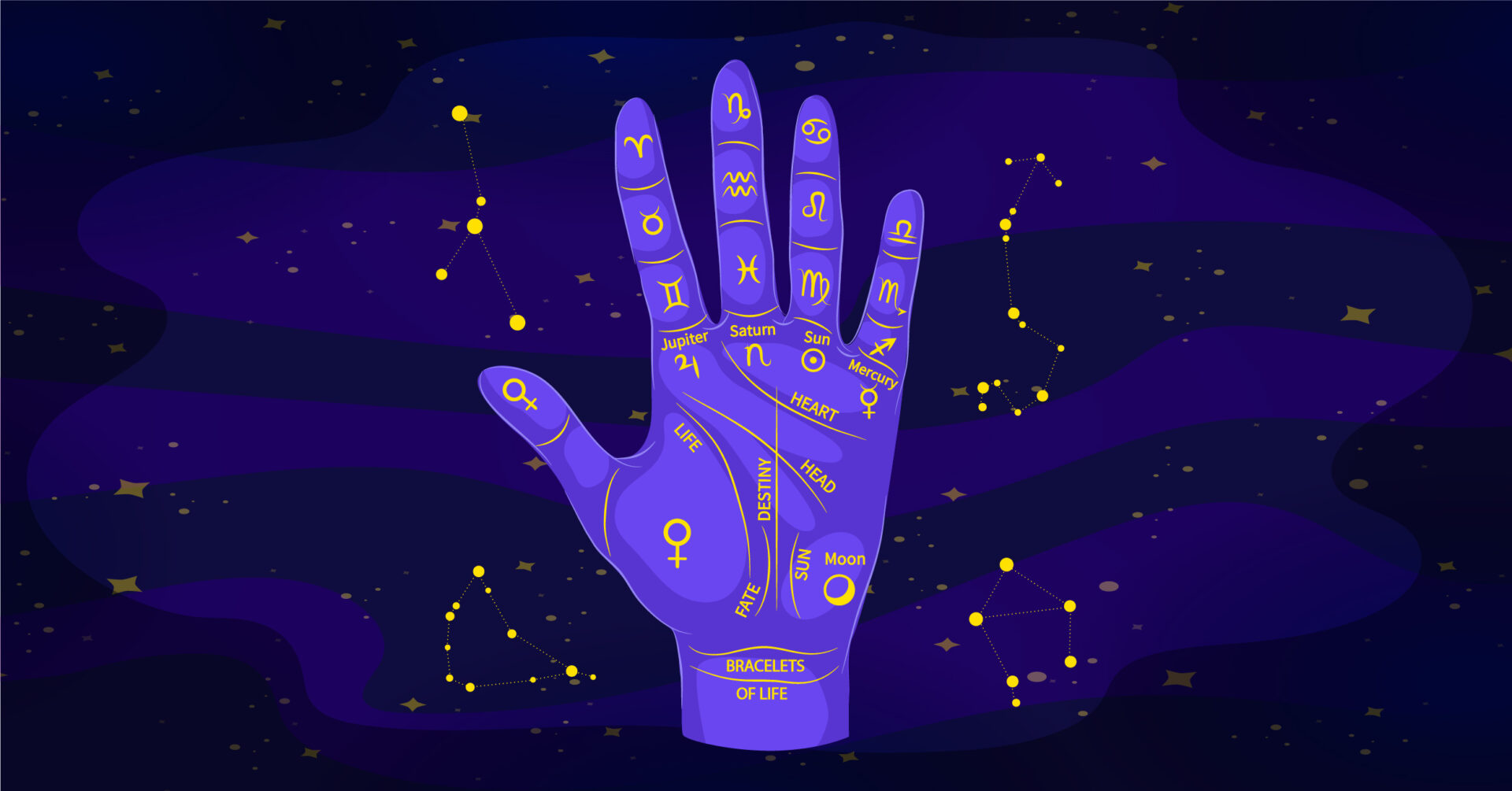Life carries its ups and downs, along with good experiences and bad experiences.
There are, however, some bad experiences that have a greater impact on our emotions, perceptions and behaviour. Such an experience can be termed as a traumatic experience.
Traumatic events are expected to occur with everyone. Unfortunately, not everyone recognizes those events as traumatic. Hence, they fail to identify the after effects of the traumatic experience.
Identifying the experience as a form of trauma is the first step towards healing from it.
What is Trauma?
Trauma an emotional response to any negative event. The intensity of the trauma depends on the severity of the traumatic event, the individual’s emotional capacity, their current mental health status and previous experiences of trauma.
The effects of trauma can range from slight shock to dysfunctionality. The effects will not necessarily be seen immediately after the traumatic experience – it may even take time for the individual to process the trauma and then react to it.
Trauma can manifest into emotional, physical, and psychological symptoms. If the symptoms are severe and persistent, the trauma is likely to have progressed into a disorder.
Types of Trauma
Acute Trauma is a response to a single traumatic experience. That one experience may be severe in nature. It may be a natural calamity, rape or physical assault, which leaves a deep scar on the victim’s emotional and mental health.
Chronic Trauma is the response to a persistent, prolonged traumatic experience. It may include domestic violence for multiple years, being bullied through teenage years, a long-term illness or other such experiences.
Complex Trauma is the response to multiple, repetitive traumatic experiences. An individual facing family disturbances, abuse, unhealthy relationships along with self issues. Complex trauma may take more time to dissolve since each scar has to be focused on and healed.
Secondary Trauma occurs when one comes into contact with someone who is undergoing trauma. They begin experiencing symptoms of trauma, specifically post traumatic stress disorder. Caretakers, mental health professionals, family members, friends, nurses are capable of experiencing secondary trauma.
To deal with all of the types of trauma mentioned above, you need the help of a mental health professional. Some trauma can be healed with therapy but some may require a combination of therapy and medication.
Causes of Trauma
Trauma can be caused by various sources and events, many of which have been noted to be physically violent. Some of the sources of trauma are psychological as well.
According to research, there are a few common sources of trauma:
- Violence
- Natural calamities
- Death of a loved one
- Emotional abuse
- Rape
- War
- Major physical injuries
- Physical torture
- Witnessing any of the above
Symptoms of Trauma
The effects and symptoms of trauma vary from mild to severe. These symptoms of trauma can be observed in physical and emotional form.
Physical symptoms include:
- Fatigue
- Disoriented
- Reduction in weight
- Digestive issues
- Body pain
- Headaches
- Excessive sweating
- Restlessness
- Shivering
- Lack of energy
Emotional and psychological symptoms include:
- Unexpected mood swings
- Anger
- Anhedonia (inability to find or feel pleasure in normally pleasurable activities)
- Anxiety
- Lack of concentration
- Reduction is cognitive abilities
- Irritability
- Constant fear
- Emotional outbursts
- Self doubt
- Guilt
- Suicidal ideation
The symptoms of trauma may take some time to manifest after the traumatic event actually occurs and they may or may not be obvious.
What is Trauma Bonding?
The emotional attachment of the victim to their abuser is known as trauma bonding.
Such an attachment is noticed in situations like kidnapping, sexual abuse, dysfunctional relationships, human trafficking, domestice violence or toxic social groups.
Trauma bonding is a very common occurrence in toxic and abusive relationships. The relationships are not necessarily romantic, but they may include acts of affection or care.
Trauma bonds can be created between:
- A child and abusive parent
- A victim and abuser
- A hostage and kidnapper
- A follower and cult leader
Such relationships are filled with fear, danger, resentment, guilt, false hopes, unrest and confusion.
According to Patrick Carnes (1997), trauma bonding is a defence mechanism used in order to survive the ongoing trauma. This defence mechanism is adapted to when there seems to be no escape from the current trauma.
There are certain signs to identify a trauma bond:
- The victim defends the abusers actions when questioned about it
- The victim refuses to find a way out of the situation
- The victim believes that the trauma is a result of their own actions
- The victim hides or lies about the trauma to avoid discussion
- The victim keeps claiming that the abuser will change for good
7 Stages of Trauma Bonding
The formation of a trauma bond requires the relationship to go through certain stages. Those 7 stages are as follows:
- Love Bombing is the over showering of attention, affection, gifts, compliments and promises with the aim of portraying genuine feelings.
- Trust & Dependency is when the abuser works to gain the trust and loyalty of the victim. They cause the need for dependency and emotional attachment.
- Criticism Stage involves the abuser pinpointing and blaming the victim for even the smallest of things like need for attention and compliments.
- Gaslighting is the practice of manipulating and blaming the victim to the extent that they begin questioning their own beliefs and perceptions.
- Resignation to Control is the stage where the victim gives in to the whims of the abuser. They abide by all that is said and demanded by the abuser.
- Loss of Self is an evident result after being criticised, gaslit, and controlled by someone you are emotionally dependent on. The abuser leads the victim through the above stages which makes the victim lose confidence in themselves and rely completely on the abuser.
- Addiction is the final stage. It refers to the victim’s extreme attachment to their abuser due to their dependency, lack of self-confidence and unconditional trust.
Post Traumatic Stress Disorder (PTSD)
Post traumatic stress disorder is the consequence of experiencing or witnessing a traumatic event. These events are usually fatal or highly harmful in nature.
PTSD carries various comorbidities along with it. Such as anxiety, adjustment issues, sleep disorders, stress and other health complications. Hence it also affects the individual’s personality and functioning.
Several types of PTSD have been noted, based on the severity and comorbidities of the disorder. These include:
- Normal stress response
- Acute stress disorder
- Uncomplicated post traumatic stress disorder
- Complex post traumatic stress disorder
- Comorbid post traumatic stress disorder
Symptoms of PTSD include:
- Intrusive memories: Repeated flashbacks of the traumatic event, nightmares depicting the traumatic event, disturbing thoughts, feelings of deja-vu in context to the past traumatic event.
- Voluntary avoidance: Avoiding people, situations, places, things and conversations that are even fairly close to the past traumatic event.
- Constant alertness: The constant need to be alert of the surroundings and activities of others. Which makes you feel jumpy and emotionally drained. Trauma also reduces one’s trust in others and even self at times
- Negativity: Taking on a negative perspective of people and life in general. There are chances that victims of trauma go through guilt and self-blame. Which creates a negative bubble around them that is difficult to burst or enter.
Post Traumatic Stress Disorder Causes
As the name suggests, PTSD is the result of faced trauma. Some examples of this trauma are
- War
- Rape
- Physical violence
- Major accidents
- Being threatened
- Natural disasters
- Kidnapping
- LIfe threatening illness
- Witnessing any of the above traumatic events
Treatment for PTSD
Post traumatic stress disorder often requires psychotherapy along with medication. The psychotherapy helps overcome the trauma and medication helps deal with the comorbidities of anxiety, stress and sleep disturbances.
Within psychotherapies, the most commonly used therapies include cognitive behavioural therapy (CBT), hypnotherapy, prolonged exposure therapy, group therapy, eye-movement desensitisation and reprocessing (EMDR) and family counselling if required.
Other Trauma Related Disorders
Acute Stress Disorder (ASD)
Acute stress disorder (ASD) is caused by experiencing or witnessing a traumatic event. It lasts for around a month. Although, if the symptoms persist beyond a month, it can be termed as post traumatic stress disorder.
The symptoms of acute stress disorder and post traumatic stress disorder are quite similar. They include:
- Flashbacks of the traumatic event
- Nightmares
- Suppression of memories
- Dessociation
- Trouble sleeping
- Avoidance of certain places and situations
Acute stress disorder can be treated using therapies like cognitive behavioural therapy (CBT), hypnotherapy and exposure therapy. Some severe cases may also require medications along with therapy.
Reactive Attachment Disorder (RAD)
Reactive attachment disorder (RAD) is diagnosed in infants and toddlers of up to 5 years of age. The children with reactive attachment disorder are constantly fearful, unresponsive, have low moods and refuse to connect with others.
Reactive attachment disorder and autism have overlapping symptoms which makes it important to get a diagnosis from an experienced mental health professional only.
RAD is caused due to neglect since infancy. For instance, the child is not attended to or fed if they cry or not taken care of when they fall. The only way of preventing this disorder is being attentive to and present to your child since the day they are born.
Disinhibited Social Engagement Disorder (DSED)
Disinhibited Social Engagement Disorder (DSED) is an attachment disorder observed in children (below 18 years of age) with a history of neglect, trauma and abandonment. Children with DSED have a tough time making connections with their peers and adults.
On the contrary, they blindly trust strangers who make an effort to talk. This habit puts them at a higher risk of being trafficked, kidnapped and abused which can further add to their trauma
Treatment for disinhibited social engagement disorder (DSED) includes therapy to the children as well as their guardians or parents. The techniques used in therapy may dig up the child’s suppressed feelings of anger, regret, loneliness, etc. All of which have to be carefully handled by the therapist as well as the guardians or parents.
Trauma can hamper an individual’s ability to function well and live a healthy and fulfilling life. But treatment can help the victim deal with and come out of their trauma and address it. If you or anyone you know appears to suffer from any of the kinds of trauma we have mentioned above, get in touch with. We’re here to help. Book a free session to get started and address your trauma.
Read More:
Mental Health Effects of Screen Time: Impact of Excessive Screen Time on Mental Health





